Research and Development
The Collaborative Marine Science Initiative reaches out CCMAR, one of the foremost marine science research centres in Portugal, the local community in Sagres, universities and businesses to advance marine science through applied computer science, guided by Industry 5.0 principles – promoting ethical, sustainable and human-centred innovation for the benefit of all.
We are developing forward-looking solutions such as OceanPulse (maritime intelligence) and CyberLotus (precision environmental regeneration), while tackling key challenges like product reuse, the attention economy and digital illiteracy. This includes the speculative CyberRecycle system for waste ownership.
Products with non-recyclable packaging, mixed materials or single-use plastics could carry a higher purchase price, making their environmental burden more visible. This encourages consumers to choose more sustainable options and pushes producers to design goods that are easier to reuse, recycle or compost. Manufacturers are also incentivised to take back and reuse packaging, creating a closed-loop system where packaging remains a resource rather than waste. This supports circular economy goals and motivates producers to prioritise durability, recyclability and cost efficiency.
The WasWaste system builds on this principle by using RFID and NFC technologies to tag products and packaging, creating a database that tracks each item throughout its lifecycle – from purchase to disposal or recycling. For example, a tagged food item discarded in a smart bin can be automatically logged, linking disposal to incentives such as deposit-return schemes, loyalty rewards or tax benefits. This promotes responsible consumer behaviour while reinforcing circular economy practices.
Our organisation is committed to inspiring and empowering human ingenuity to navigate complex social, economic and environmental challenges. While the discussion above focuses on environmental and economic aspects, the initiative below marks a first step in exploring technology as a catalyst for societal progress. By enhancing digital communication and cultural understanding, this project aims to tackle some of the root causes of human conflict, fostering greater harmony and connection.
The African Language Music Translation Platform is a leading initiative that harnesses technology to promote linguistic inclusivity, cultural preservation and digital connectivity across Africa. By combining AI-driven translation, human verification and multimedia synchronisation, it facilitates accurate and seamless translation of song lyrics into multiple African languages. As digital platforms like this continue to expand, they hold immense potential to raise awareness and drive impactful action toward environmental sustainability and conservation.
Advanced Digital Transformation recently engaged with Lelapa AI in March 2025, connecting with South Africa’s pioneers in AI-driven language models focused on African languages. With aligned technical and strategic goals, we are exploring ways to integrate AI-powered language processing into our projects. This collaboration will enhance automated content capture, translation and synchronisation, helping to create a more accessible and culturally inclusive digital ecosystem.
I-Advanced Digital Transformation isanda kusebenzisana ne-Lelapa AI ngoNdasa wezi-2025, ixhuma nezingqalabutho zaseNingizimu Afrika ngezibonelo zezilimi eziqhutshwa yi-AI ezigxile ezilimini zase-Afrika. Ngezinhloso ezihambisanayo zobuchwepheshe namasu, sihlola izindlela zokuhlanganisa ukucutshungulwa kolimi okunamandla e-AI kumaphrojekthi ethu. Lokhu kubambisana kuzothuthukisa ukuthwebula okuqukethwe okuzenzakalelayo, ukuhumusha nokuvumelanisa, kusize ukudala i-ecosystem yedijithali efinyeleleka kakhudlwana futhi ebandakanya amasiko.
Project Overview
The African Language Music Translation system is designed to enhance cross-cultural listening and learning experiences by leveraging the deep connection between music and language processing. The system integrates human and AI-generated content to provide accurate and synchronised translations of song lyrics into various African languages, supporting verbal learning and communication.
By harnessing melody, harmony, rhythm, lyric translation, biographies and visualisation, this platform aims to improve verbal learning and communication across Africa. Designed to entertain, educate and address misunderstandings, this innovative format fosters deeper connections through music.
The platform translates lyrics into the user’s preferred African language, synchronises them with the original audio and creates video outputs displaying both original and translated lyrics in perfect sync with the music. This approach enriches the listening and learning experience, tapping into the timeless connection between music and language.

Advanced Digital Transformation (Industry 5.0 Prototype)

Advanced Digital Transformation aligns with the principles of good governance, as defined by the United Nations, and is implemented through the systematic application of advanced information systems engineering.
The concept challenges biases in the status quo and critically assesses high-risk alternatives, uncovering flaws that, if ignored, can lead to project overruns, misalignment, cancellations and serious failures, as seen in the UK Post Office scandal, the CrowdStrike incident and many others.
By challenging conventional norms, the concept redefines computerised creative change by optimising the evaluation and management of digital transformations and innovation investments. It introduces an integrated control framework that delivers real-time insights, significantly improving critical decision-making.
Full Stack Foundation Course (Operational)
Software engineering is a primary skill needed to bring about systems innovation. It’s an effective way for us to make changes and improve the way people do things. Here, we explore web-based software engineering to provide insight and practical know-how, fostering innovation and creativity in a fun yet absorbing way.
The online course is available in English and Portuguese. It is representative of internet architecture and appropriate for beginners. Once assimilated, it makes it easier to choose the technical variations that best suit you.
Full Stack Foundation Course
See also AI for Beginners, the Interactive Guide to Human Resources and Digital Literacy.

Search Engine WrapTool (Postponed)
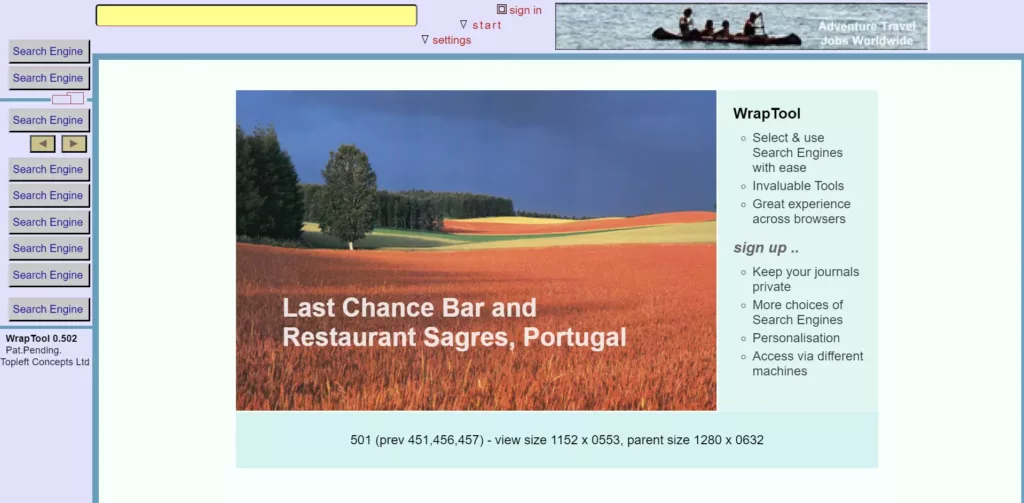
Enter a mentorship with a Christ College, Cambridge Mathematician, and collaborate to create Wraptool, enabling a simple choice of multiple search engines categorised by discipline, industry or subject.
Registered users have more options, invaluable tools and personalisation accessed via different machines.
Consultancy Assignments
British Telecommunications
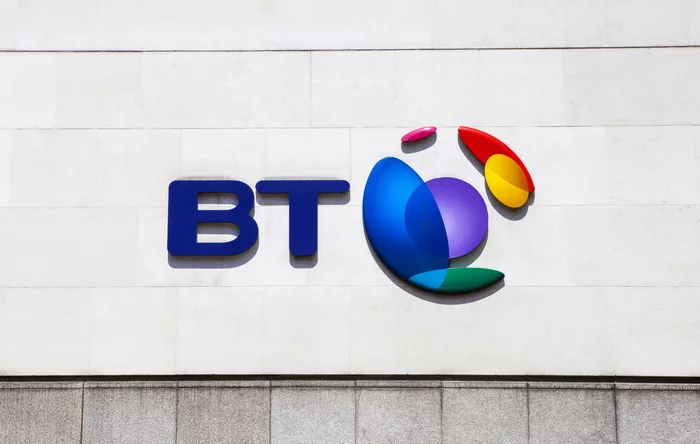
Undertake a leading role in engineering one of the world’s most advanced technical infrastructure performance assessment facilities. Part of a team of leading specialists rigorously testing the Spine infrastructure for two years under typical and extreme healthcare workloads. The principal author of BT Spine’s technical performance specification[1], defining and clarifying detailed success criteria, while also delineating the comprehensive scope of the associated test effort.
Spine handles up to 47 million electronic messages, between 28,000 IT systems across 21,000 care organisations daily. It provides access to 65 million summary care records and over 90 million demographic records. It securely sends 750,000 e-referral messages and 2 million electronic prescriptions per day and is used by 500,000 NHS health professionals with near 100% availability. Health and care IT systems that can integrate with Spine continue to be developed.
Thomson Reuters
Take on two groundbreaking assignments for Reuters. The first was to evaluate real-time financial intelligence at the Global Technology Centre in Geneva. This project modelled market trading and calibrated supporting technology performance under emulated load conditions. Having the most up-to-date information about the state of the global economy enabled Reuters to keep its clients ahead of the curve.
At their Media Centre, London, the second modelled worldwide journalist activity and incrementally re-engineered technical architectures to establish a global competitive advantage when breaking the latest worldwide news.

Tesco Bank and UK Government Home Office
1. Develop an innovative strategy to evaluate corporate system performance, scalability and reliability for Tesco Personal Finance. This pioneering solution was presented to development and executive staff in the Royal Bank of Scotland boardroom. The approach, later adopted throughout Tesco, earned Gartner-ranked world leaders in automated service assurance their most significant and most lucrative account in Europe. A Channel Alliance Partnership with this Silicon Valley corporation was awarded to Advanced Digital Transformation.
2. Introduce cutting-edge automated performance technology for the UK Government’s initiative for a modern, fairer, faster and firmer approach to immigration and asylum at the Immigration and Nationality Directorate in Croydon, South London. Engineer a service evaluation assurance capability and develop its associated user training course.
PricewaterhouseCoopers
Calibrate the Search Administration Module of the company’s technical architecture hosted at Colorado, Tampa and London. The existing Global Alliance Portal content and applications were brought to the business-to-consumer portal space to create a single market-facing PC portal. Three levels of search are available through the Portal search facility. Essential is textual only; Advanced is a textual search that some critical field parameters can filter, and Enhanced is where the power of the more extensive tagging can be exploited.
The performance, scalability and reliability evaluation was conducted under emulated search patterns to identify and resolve technical performance issues, and this was achieved within the planned timescale.
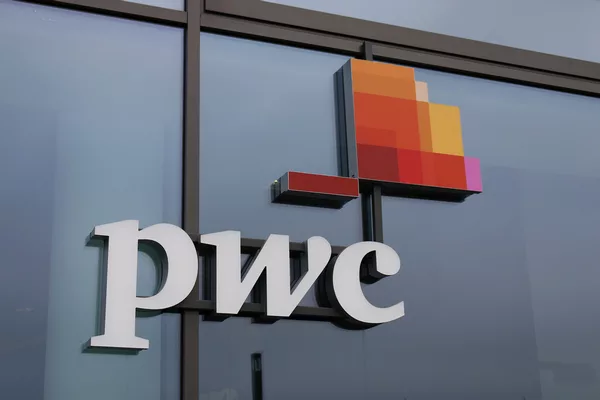
Centrica British Gas
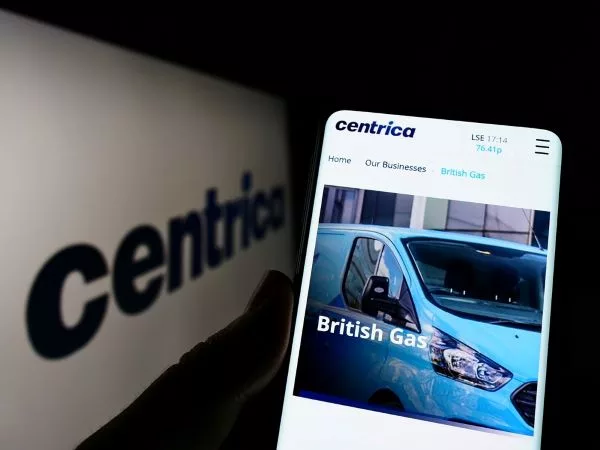
In anticipation of the deregulation of the supply industry, British Gas developed a tailored Electricity Billing System designed to handle up to 4 million customers. However, after the initial deployment for 1.5 million customers in 1998, Accenture began addressing outstanding issues and planning the volume upgrade. To ensure these changes were effectively implemented, British Gas commissioned a purpose-designed service assurance strategy. This strategy involved creating an advanced process for generating a comprehensive report that encompassed all application and platform changes, ensuring an objective assessment of operational readiness.
The £40 million,[2] 16-month upgrade, for the high-volume platform and associated business change requests was thoroughly audited between February and July 1999 under the newly developed procedure. Risks were identified and mitigated, leading to a recommendation to go live, which was presented to the implementation board. Our architect declared the volume upgrade platform[1] fit for purpose, with an ‘amber’ caution for the first month of operation. While the initial, 1998 rollout may have faced a few setbacks the 1999 rollout marked a year of progress and improvement.
DSS and Energy Supply Deregulation
1. Following a successful functional testing engagement at the DSS, our architect predicted that a reactive IT Services Agency (ITSA) approach to a complex integration test would probably fail. One of PA Consulting Group’s leading government consultants arranged for him to propose his suggested proactive methodology focused on efficiency and control.
His proposed structured testing method, developed in July 1996, used a relational database, which integrated seamlessly with progress reporting software. This ensured that the testing efforts remained under control and strategically aligned with the specified entry and exit criteria for each test component. The proposal, along with the associated software, was submitted for approval in August 1996.
Despite this and a fundamental project reset, the DSS ultimately chose to proceed with the original in-house ITSA method. However, in May 1999, it was announced that the entire DSS project would be cancelled due to persistent delays and contractual issues. The decision underscored a staggering level of bureaucratic incompetence and administrative negligence, deeply disappointing for a department entrusted with the public’s welfare.

2. Nevertheless, between September 1996 and July 1999, our architect successfully implemented his methodology, integrating business processes for energy supply deregulation at Yorkshire Electricity and ensuring service assurance for a £40 million[2] platform upgrade for Centrica British Gas.
Eurostar
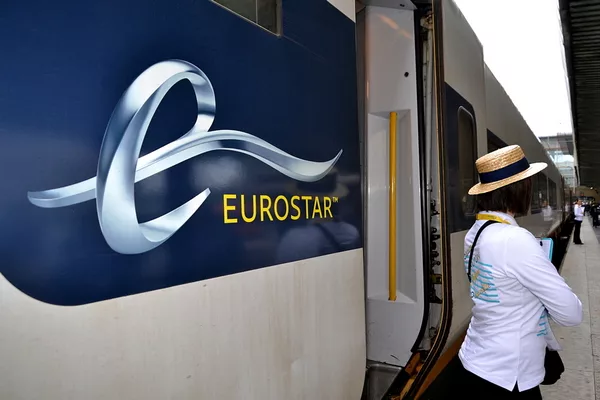
Britain, France and Belgium set up an International Project Group to specify a train to provide an international high-speed passenger service through the tunnel.The required Eurostar booking system was based on an enhanced version of SABRE, a system developed to automate how American Airlines booked reservations. Our company collaborated with PwC and agreed on a strategy to re-align development and ensure timely delivery for the Eurostar Launch.
Advanced Digital Transformation took responsibility for the structured testing of software developed by British Rail in Nottingham and formally declared the completion of testing at a Quality Assurance sign-off.
GiroBank Santander
A project was commissioned to document Britain’s sixth-largest bank’s data assets. Advanced Digital Transformation’s Systems Architect was assigned to engineer and present the detailed data model for GiroBank’s £42 million[2] Retail Banking development. A model was created to represent and better understand the conceptual nature of the bank’s data flow by describing related entities, relationships and attributes. In turn, this was resolved against a physical data model.
A thorough analysis of Retail Banking data structures to define the associative tables that illustrate the relationships among entities and the primary and foreign keys used to maintain those relationships made this possible. Within a few months, the UK government announced plans for privatisation, and GiroBank was ultimately subsumed by Santander, one of the world’s top twenty-rated banks.

Berlin Fire Brigade and Scottish Home and Health Department
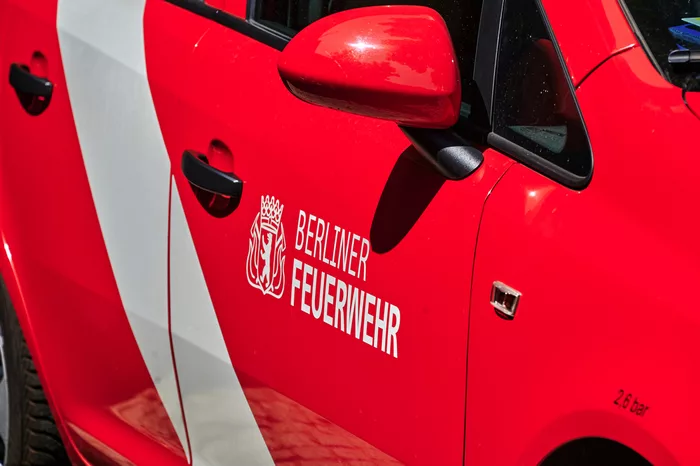
1. Assigned to the Berliner Feuerwehr Notdienst (Emergency Services) to troubleshoot and rectify root cause project non-conformance. Overcome serious communication issues at a board room meeting in Spandau. Instruct development staff in Nürnberg and Berlin and work as a team to design and develop detailed process and data models.
2. Undertake a strategic alignment exercise to assess how closely potential systems met Scotland’s breast screening requirements. Having reported to St Andrew’s House, the policy committee decided that a high-level design should be prepared. Advanced Digital Transformation’s architect designed the detailed process and data models and delivered the system specification, satisfying the Scottish Home and Health Department’s requirements.
Bankers' Automated Clearing Services and Kiwibank
1. Review, amend and endorse the project management consultant’s testing strategy for the NEFT (New Electronic Fund Transfer) system. Collaborate with technical engineers to evolve the operational environment needed to evaluate an innovative Client and Server architecture. Steer four test teams to prove cutting-edge, automatic money transfer without the direct intervention of bank staff. This work was conducted at the UK Bankers’ Automated Clearing Service research center in Dunstable during 1984 and 1985.
2. Facilitate KiwiBank’s acceptance testing of BANKMASTER at Auckland, New Zealand, a fully integrated accounting and management reporting system that reflects the need of all types of financial institutions. Articulate functionality gaps and assist in planning the additional activity needed to reconcile them.
